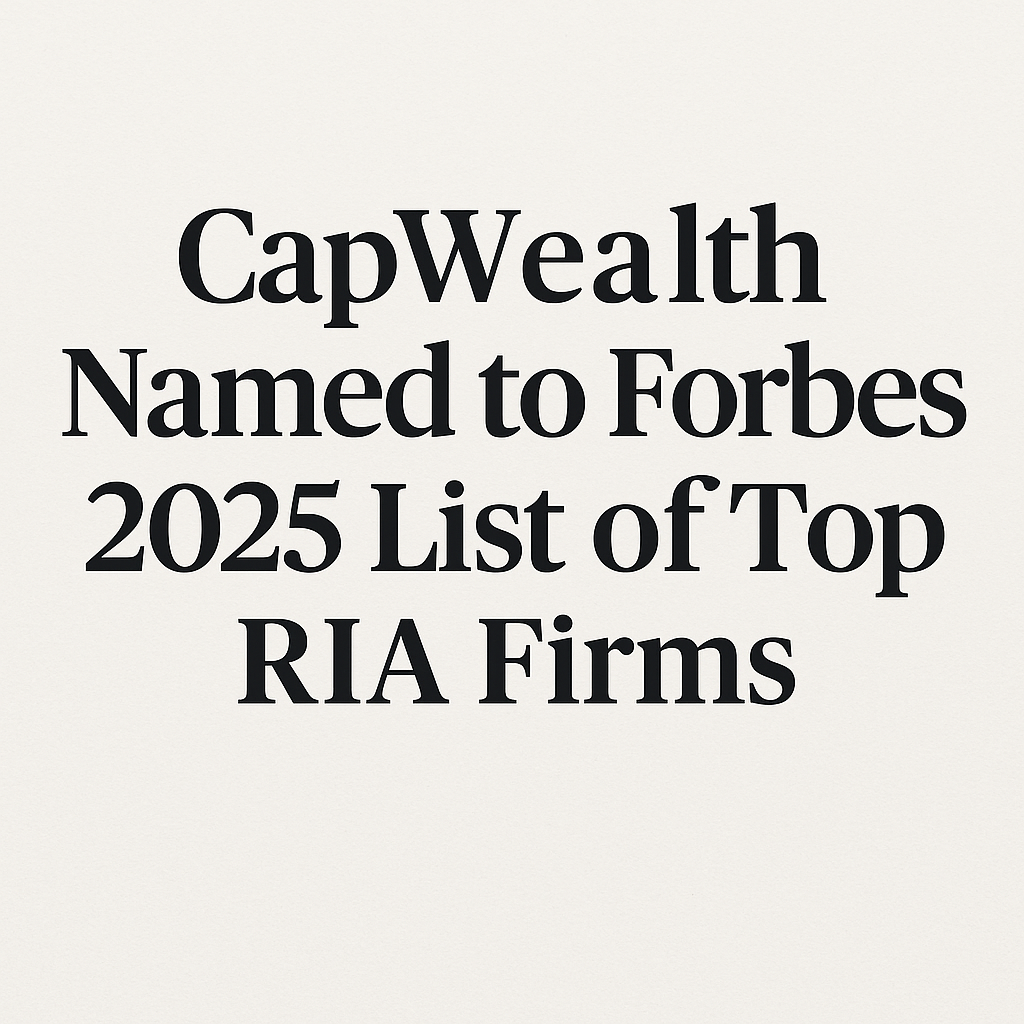Phoebe Venable: Are you an active or passive investor?
April 11, 2014
Over the last couple of decades, investors have witnessed an exponential growth in the number of choices they have for their portfolios. But before diving in and getting granular with all the options, one of the first considerations for investors is whether to use an active investment strategy or a passive investment strategy.
With active management, the investment manager uses analytical tools and research coupled with his or her experience and judgment to construct a portfolio of individual stocks and/or bonds. The aim of active management is to achieve long-term results that outperform a particular benchmark. The benchmark could be the well-known Standard & Poor’s 500 Index, or it could reflect the manager’s area of expertise, such as a European stock index or a small-company stock index.
Active managers are constantly making decisions that consider current economic conditions, prevailing market trends and political events, plus such company-specific factors as earnings growth, profit margin and competition. While active managers seek to outperform a particular benchmark, they will typically own only a small portion of the stock or bond holdings in that benchmark index and likely will have holdings that are not contained in the benchmark. This difference is deliberate as the active manager attempts to generate returns that are above the benchmark return.
Passive investment management is more commonly called “indexing.” A passive manager’s goal is to track or replicate the performance of a particular benchmark, minus the expenses. He or she accomplishes this by purchasing exactly the same stocks and bonds, in the same proportions, as an index. The style is called passive because the managers do not make decisions about which components of the index to buy and sell; they simply copy the index. Passive investors generally believe active investors cannot consistently beat the market, and there is empiric evidence to support this hypothesis. However, passive managers do not try to beat the market, but rather to “be” the market.
There are a couple of key differences between the two:
Expenses. Active management generally will be more expensive, because they must devote resources to daily research and analysis in order to outperform the benchmark. An active manager may charge, for example, a 1 percent fee, while an equity index mutual fund might only charge 0.2 percent. Though expenses can be higher, active investing offers the potential for an above-market return. The passive investor can expect a return that is in line with the market — no more and no less.
Defensive measures. Active managers have flexibility because they are not required to hold specific stocks or bonds. This enables them to make changes if they foresee a downturn in the market. They can also use short sales, put options and other strategies to ensure against losses. Index fund managers usually are prohibited from using defensive measures and cannot take action. There is always the risk that active managers will make mistakes that can reduce returns.
Wall Street has been debating active and passive management for decades and will continue. Which is better for you depends on your risk tolerance and investment goals. Consider working with a financial adviser who can help you select the best approach for you.
Phoebe Venable, chartered financial analyst, is president and COO of CapWealth Advisors LLC. Her column on women, families and building wealth appears each Saturday in The Tennessean.














